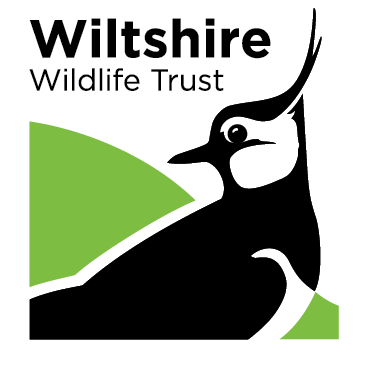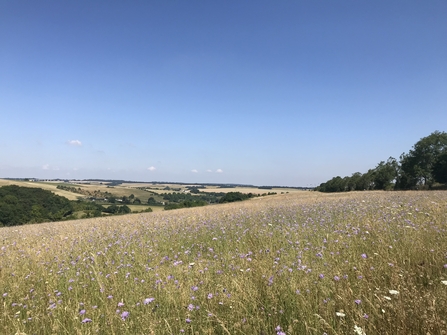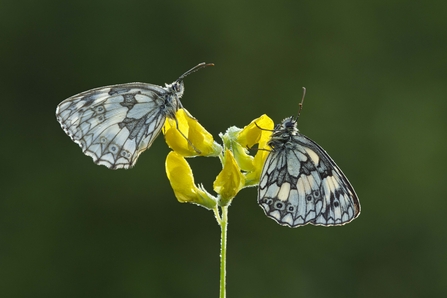Exciting news for butterflies (and butterfly lovers) at Coombe Bissett Down.
If you’ve visited the reserve in the last 5 years you might have come across our S-shaped butterfly bank made of raised earth covered in chalk. You may even have spotted butterflies using it for shelter and basking in the sun... Last summer as part of a wider butterfly bank project in the UK, we added 4 new E-shaped banks into the landscape.




